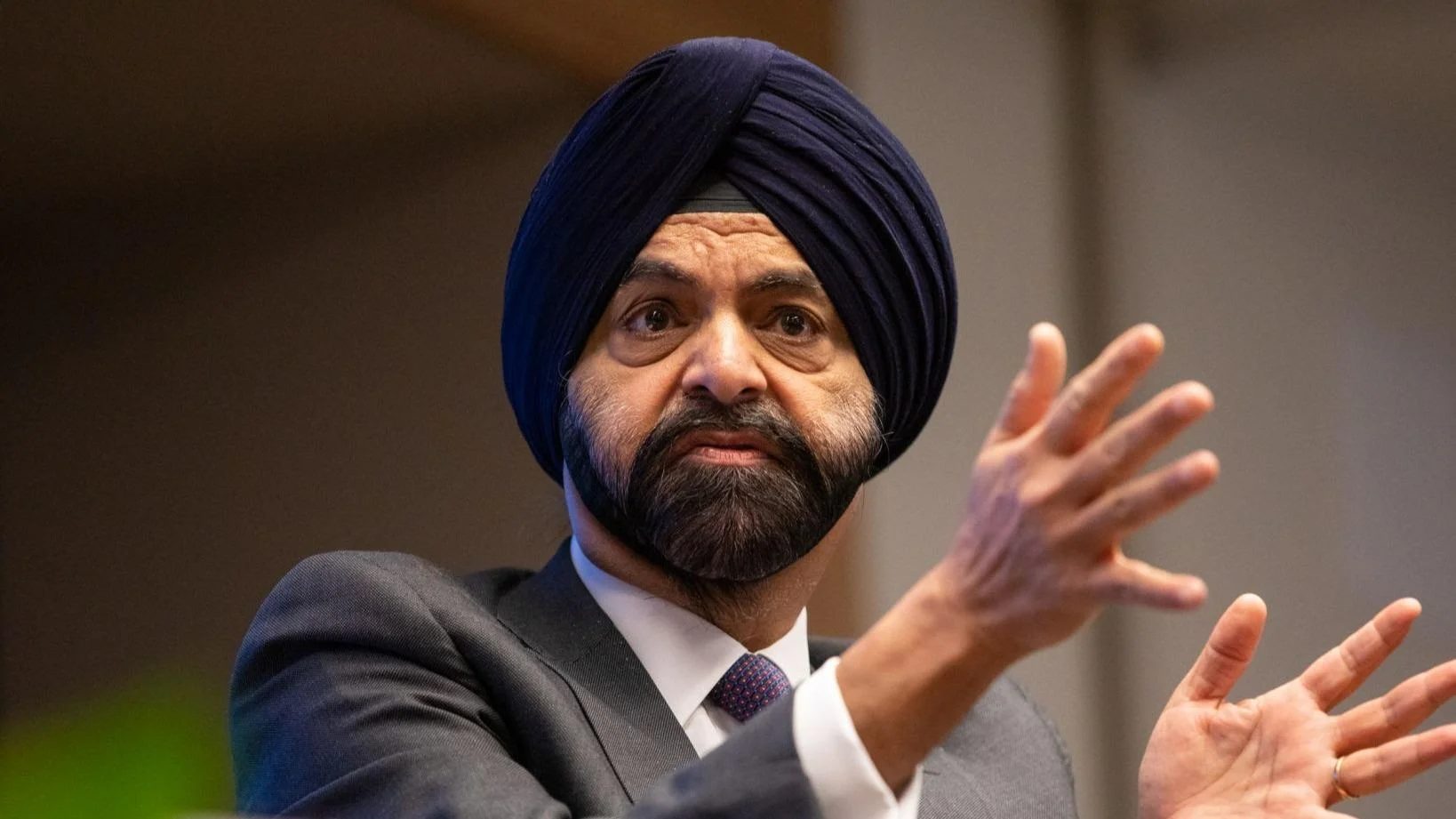The World Bank's Board of Executive Directors has introduced a new Country Partnership Framework (CPF) for Namibia, outlining the organization's strategy from FY2025 to FY2029. The CPF aims to promote economic growth and reduce inequality in Namibia by facilitating job creation and improving access to quality public services.
This framework aligns with Namibia's Vision 2030 and the Second Harambee Prosperity Plan for 2020-2025. It focuses on two main outcomes: increased employment and improved access to quality public services, supported by digital transformation. The CPF emphasizes renewable energy, private sector development, and macro-fiscal management. It also seeks to enhance education, health services, housing, and urban services.
"This CPF represents a significant shift in the World Bank Group’s engagement in Namibia," said Satu Kahkonen, World Bank Country Director for Namibia. "We aim to enhance the quality of life and economic prospects of Namibia’s people."
Cláudia Conceição, IFC Regional Director for Southern Africa, stated that "harnessing the potential of Namibia's private sector is essential for driving inclusive economic growth."
The CPF implements the "One World Bank Group" approach through Joint Country Representation. This model mobilizes private capital using instruments from various World Bank entities.
Mariama Cire Sylla, Joint Resident Representative for Namibia, emphasized support for job creation and increased access to public services. Sebnem Erol Madan from MIGA highlighted the importance of private capital in pursuing green growth strategies.
The CPF reflects consultations with stakeholders including government officials and development partners.

